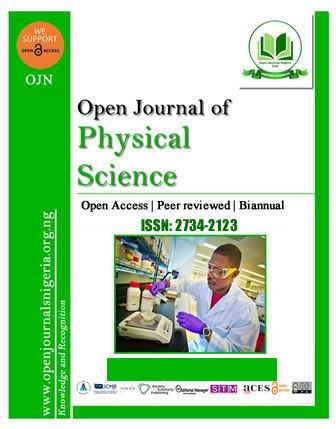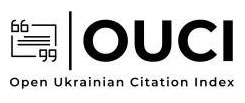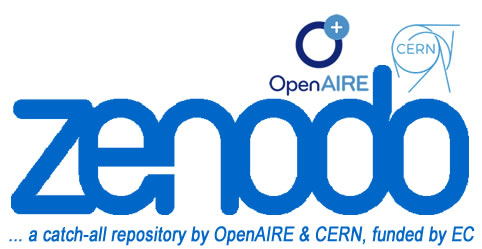CHEMOMETRIC APPROACH TO THE PREDICTION OF POLLUTANTS DISTRIBUTION IN WATER SOURCES AROUND ASHAKA CEMENT INDUSTRY
DOI:
https://doi.org/10.52417/ojps.v6i1.758Abstract
Cement production can negatively affect nearby water resources. This study used chemometrics to predict the source and distribution of pollution indicators around the Ashaka Cement Industry in Nigeria. Seventy-two water samples were collected from twelve stations between July and October 2023 and analyzed for pH, dissolved oxygen (DO), electrical conductivity (EC), total dissolved solids (TDS), turbidity, salinity, total suspended solids (TSS), chemical oxygen demand (COD), biochemical oxygen demand (BOD), and the BOD/COD ratio using standard methods. Results showed that while most parameters were within WHO limits, elevated TSS and turbidity were observed at all stations, with high salinity at one sampling station. Generally, there were increases in the concentrations of most physicochemical parameters during August and September compared to July and October. Thus, while many individual parameters fell within WHO guidelines, the widespread and persistent issues with TSS and turbidity, along with the localized high salinity, indicate that the water sources were not of consistently good quality. Also, seasonal variations need to be considered in water management. Multivariate data analysis (PCA, HCA, CA, and DA) using IBM SPSS effectively correlated and classified physicochemical indicators of pollution based on their sources and spatial distribution patterns. This study demonstrates the potential of chemometrics for assessing industrial pollution and provides insights into the relationships between water quality indices and their sources around the cement industry. Thus, this information can guide monitoring and mitigation to minimize the industry's environmental impact around its environs.
Published
How to Cite
Issue
Section
Copyright (c) 2025 Usman et al.

This work is licensed under a Creative Commons Attribution-NonCommercial 4.0 International License.




















